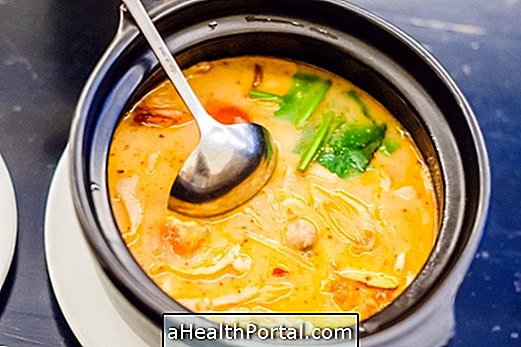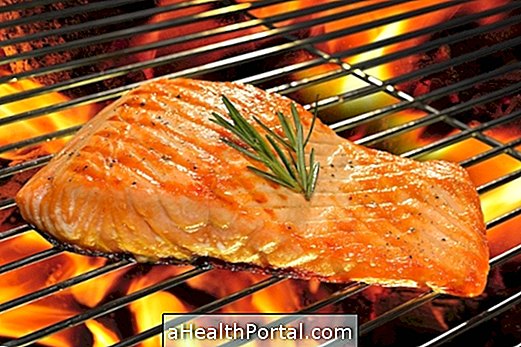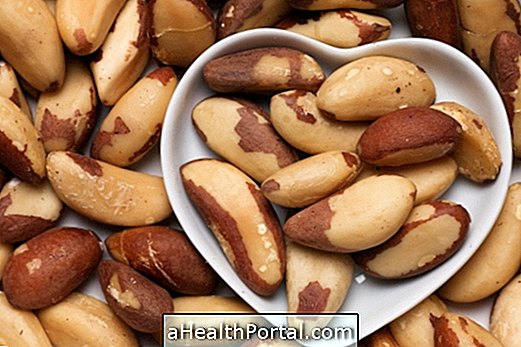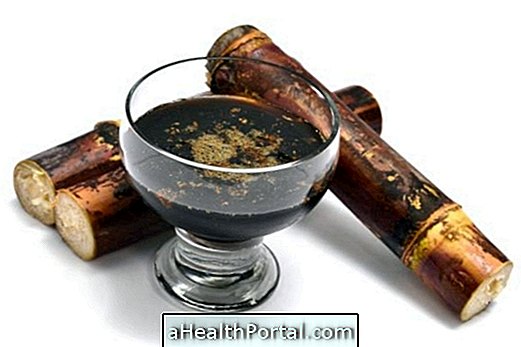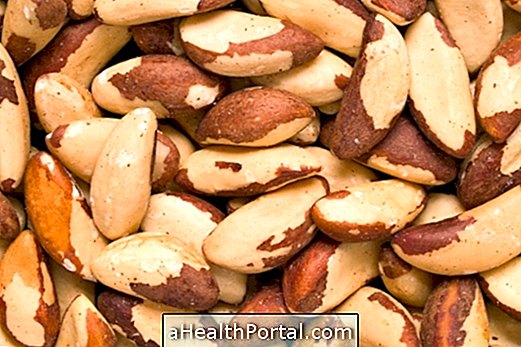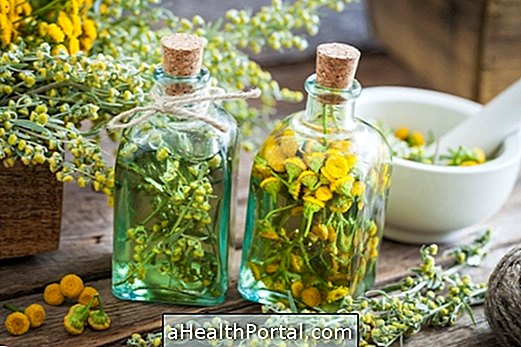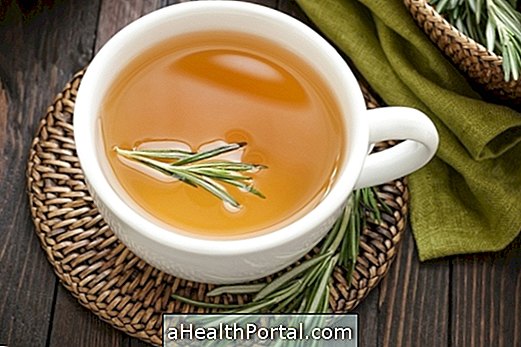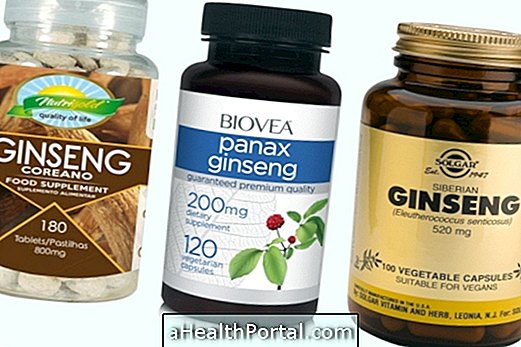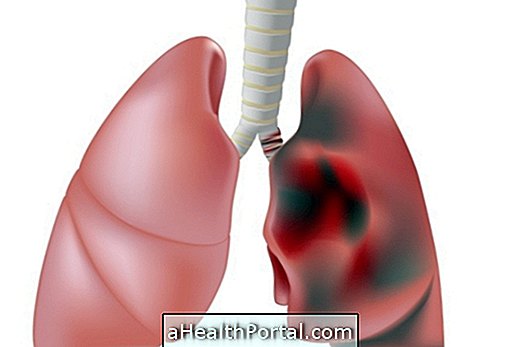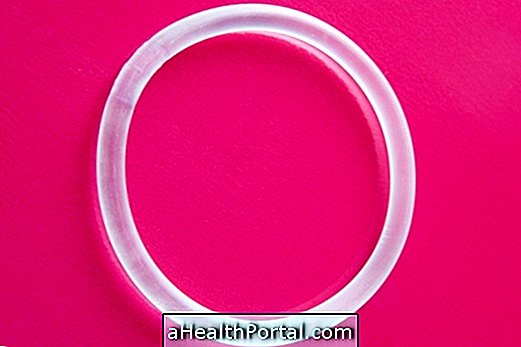The most popular types of pepper in Brazil are pepper, chilli pepper and chilli pepper, which are added mainly to season meats, fish and shellfish, and can be used in sauces, pasta and risottos.
Peppers vary according to their origin and their power of picking, but they all bring health benefits because they are rich in capsaicin, a powerful antioxidant and anti-inflammatory that helps to improve digestion and relieve pain.
Key Benefits of Pepper for Health
The benefits of pepper are mainly due to the presence of capsaicin, which has important actions for the body as:
- Relieve nasal congestion;
- Relieve pain as it releases hormones in the brain that are the sensation of pleasure and well-being;
- Act as antioxidants, preventing changes in cells and cancer;
- Act as anti-inflammatory;
- Stimulate digestion;
- Increase libido;
- Favor weight loss as it increases metabolism;
- Improve itching and skin wounds in cases of psoriasis.
The stronger the flavor of the pepper, the greater its content of capsaicin, which is present mainly in the seeds and the ribs of the peppercorn.
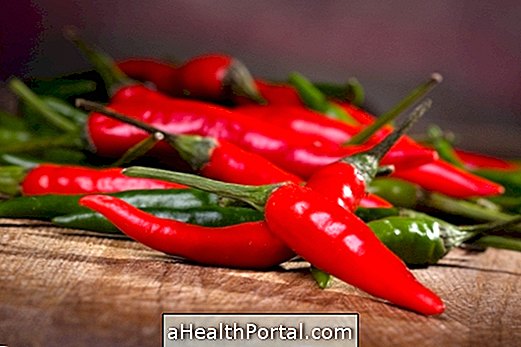
How to use different types of pepper
The types of pepper vary depending on the region they are produced, the size, color and strength of the flavor they bring. In the following list, the blazing of pepper is rated from 0 to 7, and the higher the rating, the stronger the pepper.
- Cayenne or finger: mainly used for the production of sauces and pickles. Pickey: 6.
- Chili Pepper: Indicated mainly for seasoning fish and crustaceans, and can also be used for chicken dishes, risottos and sauteed vegetables. Picancia: 3.
- Pepper: widely used in world cuisine, it can be used as a seasoning for all types of dishes. Piccia: 1-2.
- Malagueta and Cumari: used to season feijoada, meats, acarajé, cookies and pastels. Piccia: 7.
- Fidalga: used to season fish and make marinades of vegetables and canned foods. Piccia: 4.
- Cambuci and Americana: they are sweet peppers, often used stuffed, grilled, baked or in dishes with pickles and cheeses. Piccia: 0.
It is important to remember that although it does bring health benefits, excessive use of peppers can irritate the bowel and worsen the symptoms of ulcer, gastritis and hemorrhoids.
Pepper nutritional information
The table below gives the nutritional information for 100 g of each type of pepper, which is equivalent to 10 medium-sized peppers.
| Chilli pepper | Black pepper | Green pepper | |
| Energy | 38 kcal | 24 kcal | 24 kcal |
| Carbohydrate | 6.5 g | 5 g | 4.3 g |
| Protein | 1.3 g | 1 g | 1.2 g |
| Fat | 0.7 g | 0.03 g | 0.2 g |
| Calcium | 14 mg | - | 127 mg |
| Phosphor | 26 mg | - | 130 mg |
| Iron | 0.45 mg | - | 5.43 mg |
In addition to fresh fruit, capsaicin, the active substance in pepper, may also be found in capsules called Capsicum, which should be taken daily in doses between 30 to 120 mg, 60 mg being the most commonly used dose.
How to use pepper to lose weight
To lose weight, pepper should be used as a seasoning and added to all meals, especially at lunch or dinner, and can be used fresh, powdered or in the form of sauces. Another tip to potentiate weight loss is to add a pinch of pepper in juices, vitamins and in the water as this helps increase metabolism throughout the day by burning more calories.
To speed up metabolism and lose weight fast, see 5 simple tips to lose weight and lose belly.
How to Make Pickled Peppers
It is possible to plant pepper in the house and make preserves to season the meals. At home, pepper should be planted medium pots, about 30 cm in diameter, and should be watered whenever the land is dry, preferably in the morning or late afternoon. If necessary, tie a thin stake to the side of the pepper to guide its growth. The following is a canned pepper recipe.
Ingredients
- 300 g of pepper of your choice
- 300 ml of white alcohol vinegar
- 2 tablespoons of salt
- Bay leaves to taste
- Garlic to taste
Method of preparation
Sprinkle oil or olive oil on your hands to prevent the stinging of the pepper from spreading to the skin. Wash and dry the peppers thoroughly, then layer them in a washed and boiled glass dish. If desired, add bay leaves and garlic cloves to add flavor to the preserve. Then mix the vinegar and salt in another container, and add to the glass with the peppers. Cover well and use the preserve when you wish.
Is pepper bad?
Frequent consumption of pepper at all meals or even the consumption of a large amount of pepper only at lunch or dinner can be harmful to the stomach. Thus, people who have a sensitive stomach and feel some discomfort when consuming pepper should consume this food in smaller quantity and sporadically so as not to develop a gastritis or gastric ulcer.
In addition, excessive or frequent consumption of pepper increases the risk of hemorrhoids that are small veins dilated in the anus, caused anal pain and difficulty to evacuate. Therefore, those who have hemorrhoids should not consume any type of pepper, especially during a period of crisis. Out of the crisis their consumption may be sporadic because too much pepper can lead to the onset of hemorrhoids.
